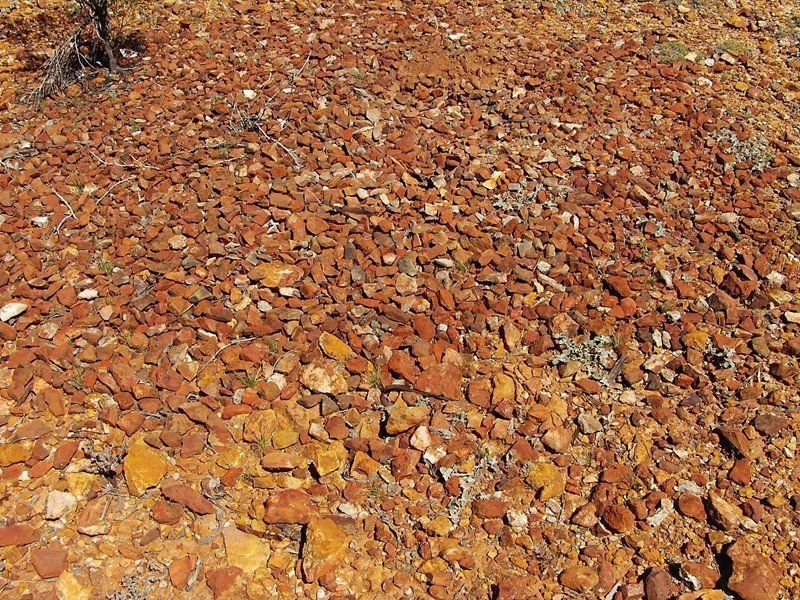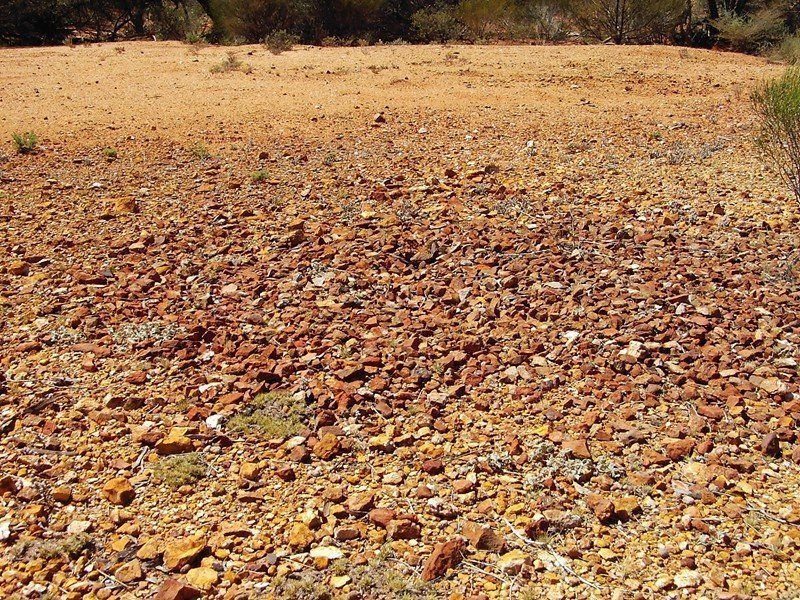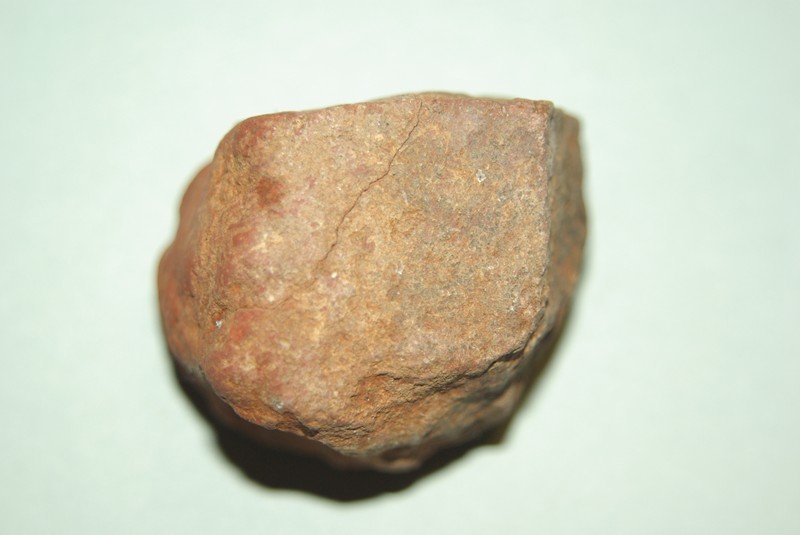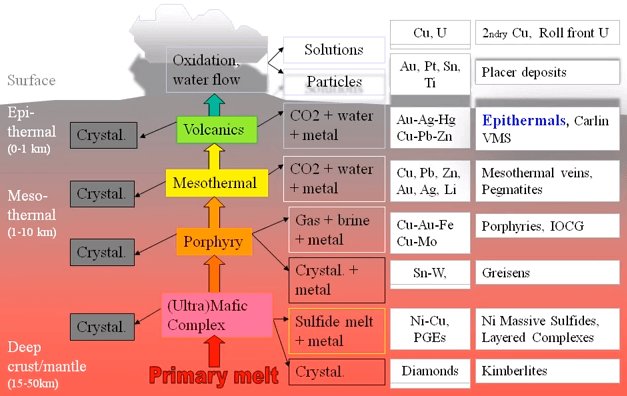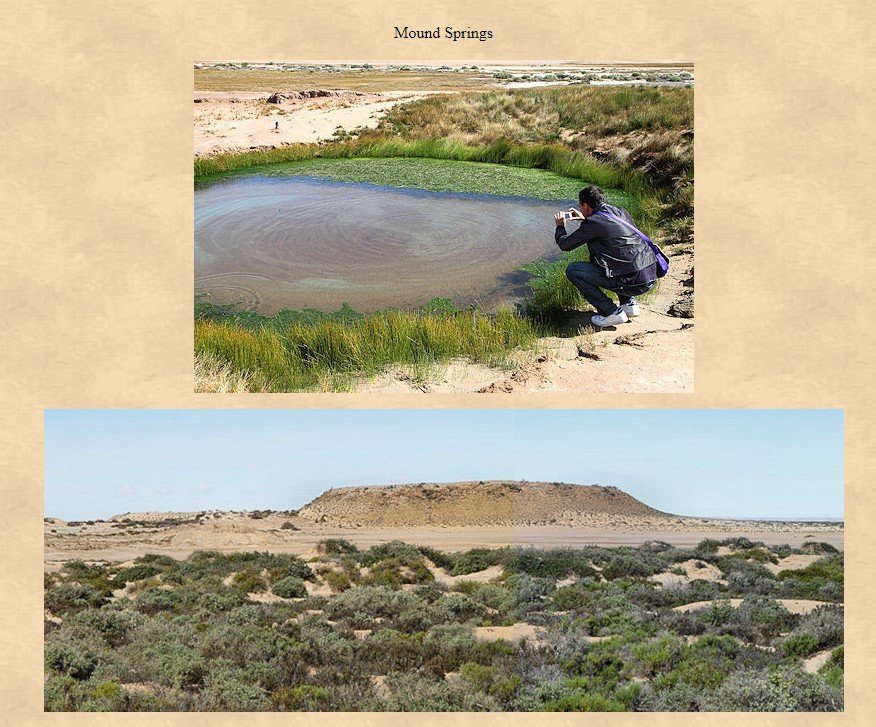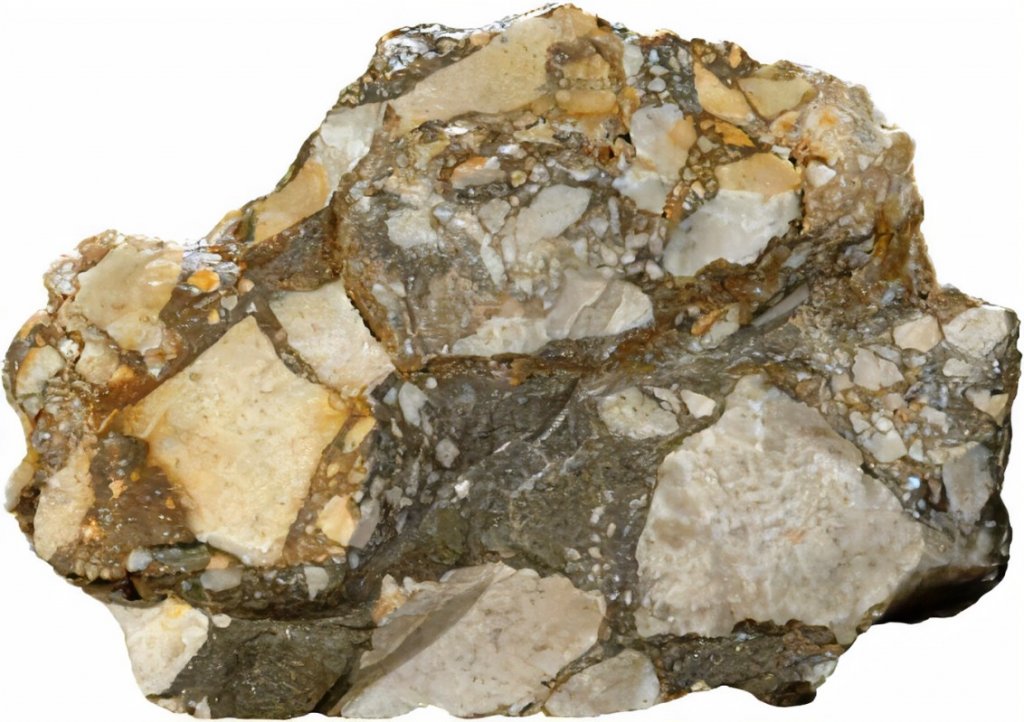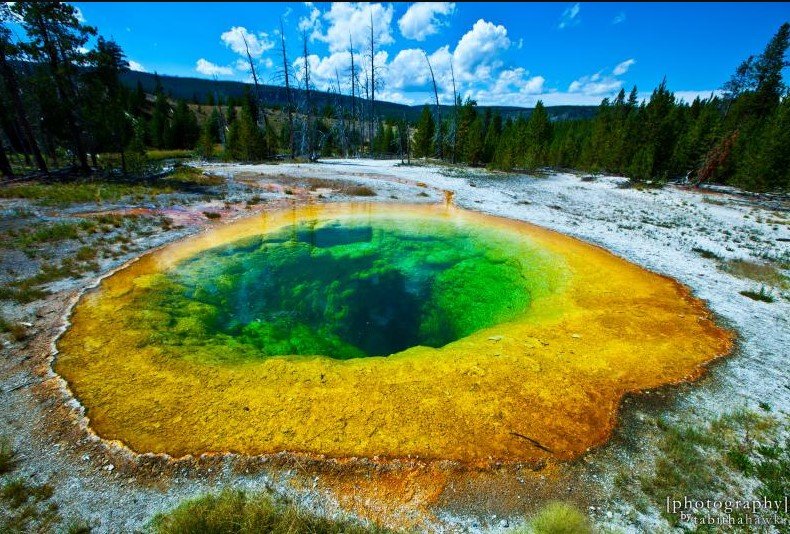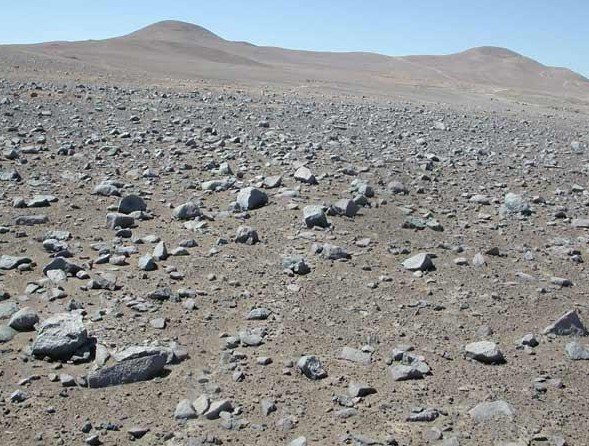UnderEmployedGeo
Gold Gold Gold
goldierocks said:A bit like "indicator" and "reef". The first is any pyritic, quartzose or graphitic seam in slate (eg the "pecilmark" at Ballarat East - not an indicator of gold directly, just an indication of how many metres you are from the main quartz reefs - described by Mark Twain - see #9953 in Australian History). I find that most people dont realise that in the 1800s "reef" meant hard rock (eg sandstone, quartz). It confuses a lot of people in deep lead reports (another annoying term) because it is commonly referring there to a hard bed of sandstone or quartzite that they could not easily dig out wth a pick and shovel. So "struck a reef and followed it" often means different to what modern readers think!
Yeah a lot of these old terms only survive because, especially in places like Victoria where no substantial exploration took place for nearly 100 years, the only literature is OLD. Plus the newer geological papers are in 'modern geology speak' i.e. post-plate-tectonics. So there's a real dichotomy.
Somehow we need to the get "deep lead" replaced with something like "buried stream channel" or better yet "paleochannel" (a term us geologists actually use). The old timers kinda made it confusing by calling current stream channels as well as old buried channels "leads".
Shallow lead = Alluvial Gold
Deep lead = Paleochannel Gold
There, fixed!
As for indicators, these can be just curiosities really. They may be relevant to hard rock mining but little else. With modern detectors etc you're going over the entire area anyway. For us exploration geologists, well we'd take note of this anyway, particularly when understanding the structural setting of a deposit, but ultimately we're interested in the ore directly - and for that we have assays.
Yeah "reef" is really annoying hahaha. I have always just taken it to mean "hard rock gold occurrence" and then proceeded to investigate what the actual geology is. Luckily you do come across references to a "quartz reef" sometimes which is often an actual quartz blow. But then you get the problem of it being just quartz with no gold! Infuriating!





